Facelifted Mazda CX-3 is still a strong crossover contender
Mazda’s given its CX-3 crossover a mild update for 2018. Tom Wiltshire heads to Malaga to see what it’s about

What is it?
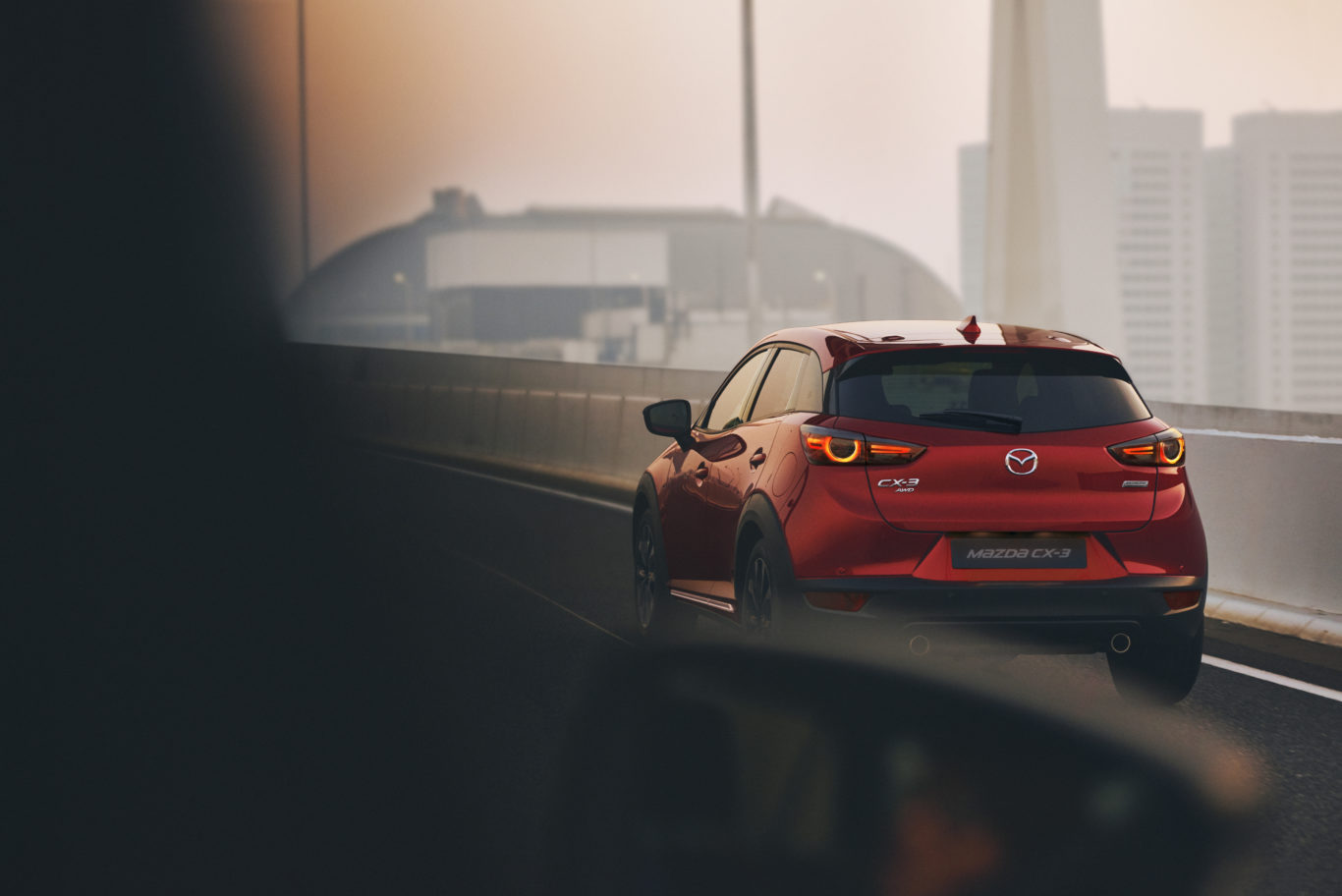
Mazda has a habit of regularly updating its cars with small refinements and improvements, rather than saving them all for a big update every few years. Such is the way with the 2018 CX-3 compact crossover, which you might find difficult to tell apart from its predecessor.
Small changes aside, it’s the same recipe we’ve come to appreciate from Mazda – good looks, a straightforward interior, smooth, naturally-aspirated petrol engines and excellent driving manners.
Does the extra veneer improve the CX-3’s weak points, though?
What’s new?
Oddly enough given the current anti-diesel rhetoric, one of the largest changes for the updated CX-3 is the addition of a new 1.8-litre oil-burner. Mazda UK admits it’s unlikely to be in huge demand, though – the outgoing 1.5 only accounted for 20 per cent of sales.
Elsewhere, changes are discreet to say the least. There’s a revised front grille and some new LED taillights, while the interior sees a redesigned centre console and some new fabric trim.
What’s under the bonnet?
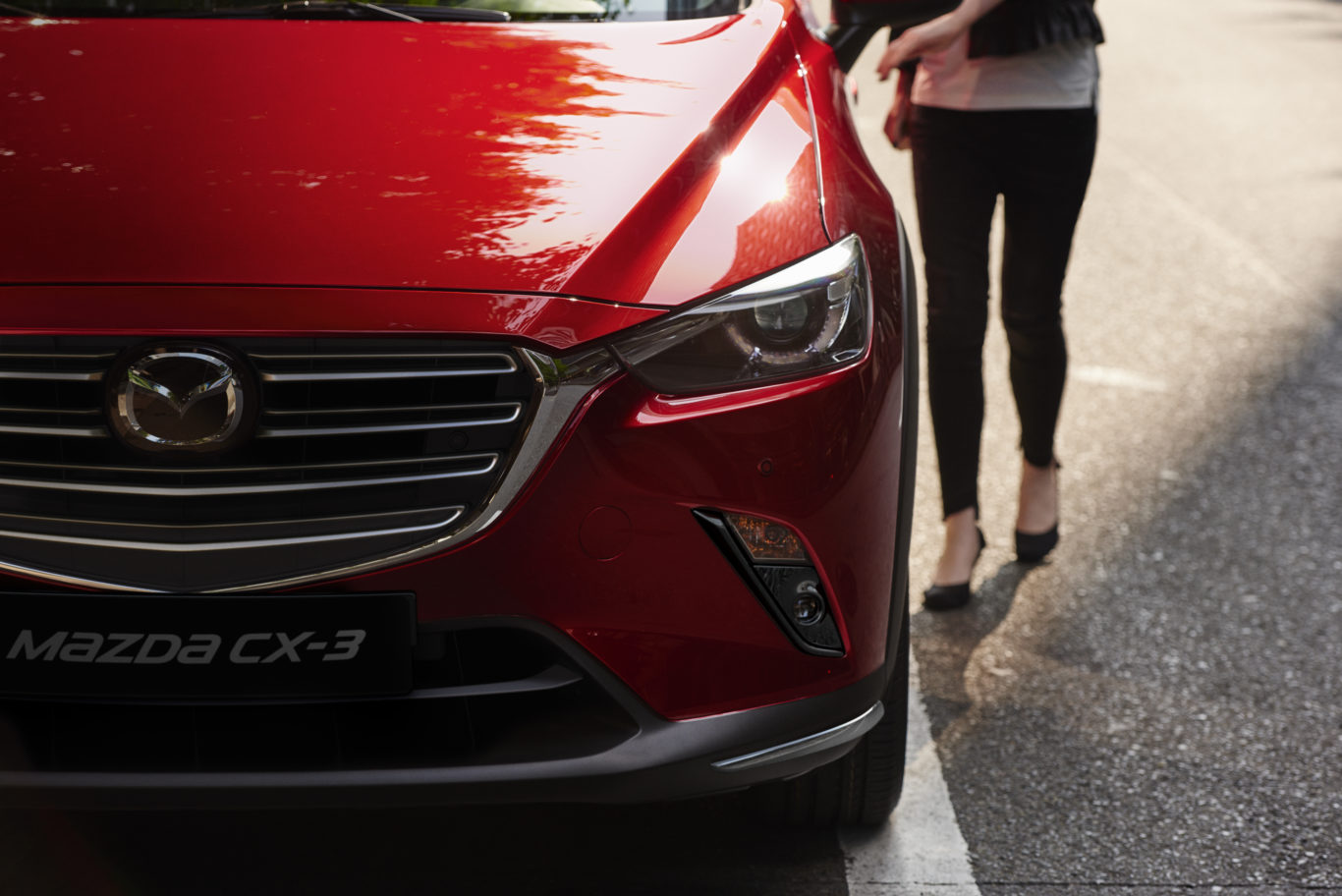
Of the three engines on offer, it’s the base unit that impresses the most. The naturally-aspirated, 119bhp 2.0-litre is smooth and refined around town and mated to a slick six-speed manual it’s also good fun to wring out. The payoff for going naturally aspirated is that official fuel economy results tend to be far closer to reality – the claimed 45.5mpg is certainly achievable.
Compared with modern turbocharged units it does take rather a lot of thrashing to get up to speed, though – you’ll need to explore those upper rev bands a fair amount to get going, which can become tiring.
Also on offer is a 148bhp version of the same engine, which disappointed with an obtrusive and thrashy engine note, while the new diesel is impressively economical but slightly agricultural in character. Four-wheel-drive is an option for the higher-powered petrol engine, while both petrols can also be had with a six-speed automatic gearbox.
What’s it like to drive?
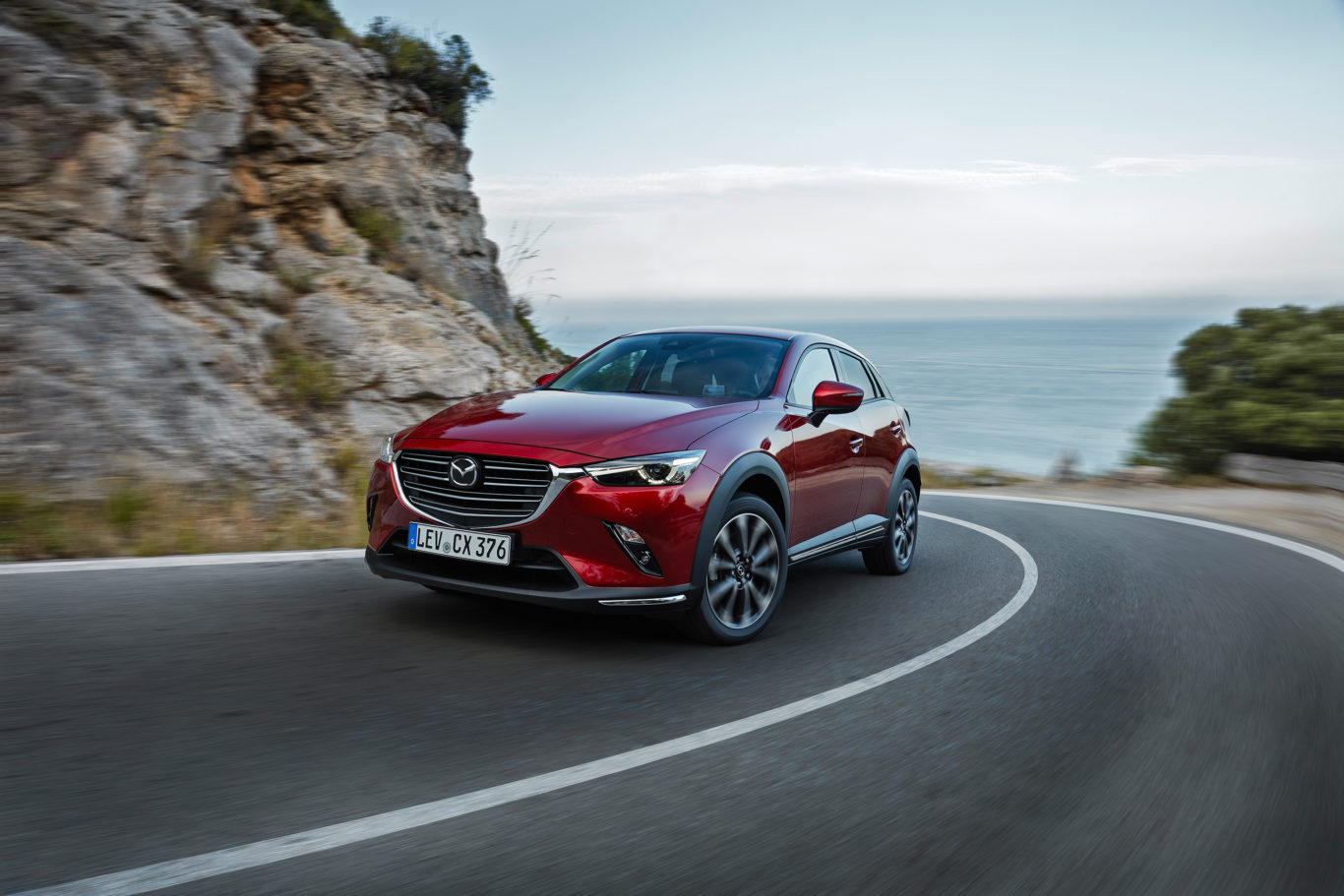
Mazda is somewhat like Ford – both brands are skilled at making ordinary cars with exceptional handling. While the Focus pips the 3 and the Fiesta the 2, Mazda’s CX-3 certainly has the Ford Ecosport licked when it comes to handling in the compact crossover segment.
The CX-3’s steering is sharp and accurate, and front-end grip inspires more confidence than many other cars in this class. There’s not a huge ride penalty, either, and the CX-3 is vastly more comfortable than a Kia Stonic.
Mazda’s tweaked the suspension to give the car a more grown-up feel, but the slightly soft edge might not be to your taste – it soaks up bumps well but tends to bounce over larger crests in the road surface.
It’s a comfortable cruiser though, despite rather a lot of wind roar from those large side mirrors.
How does it look?
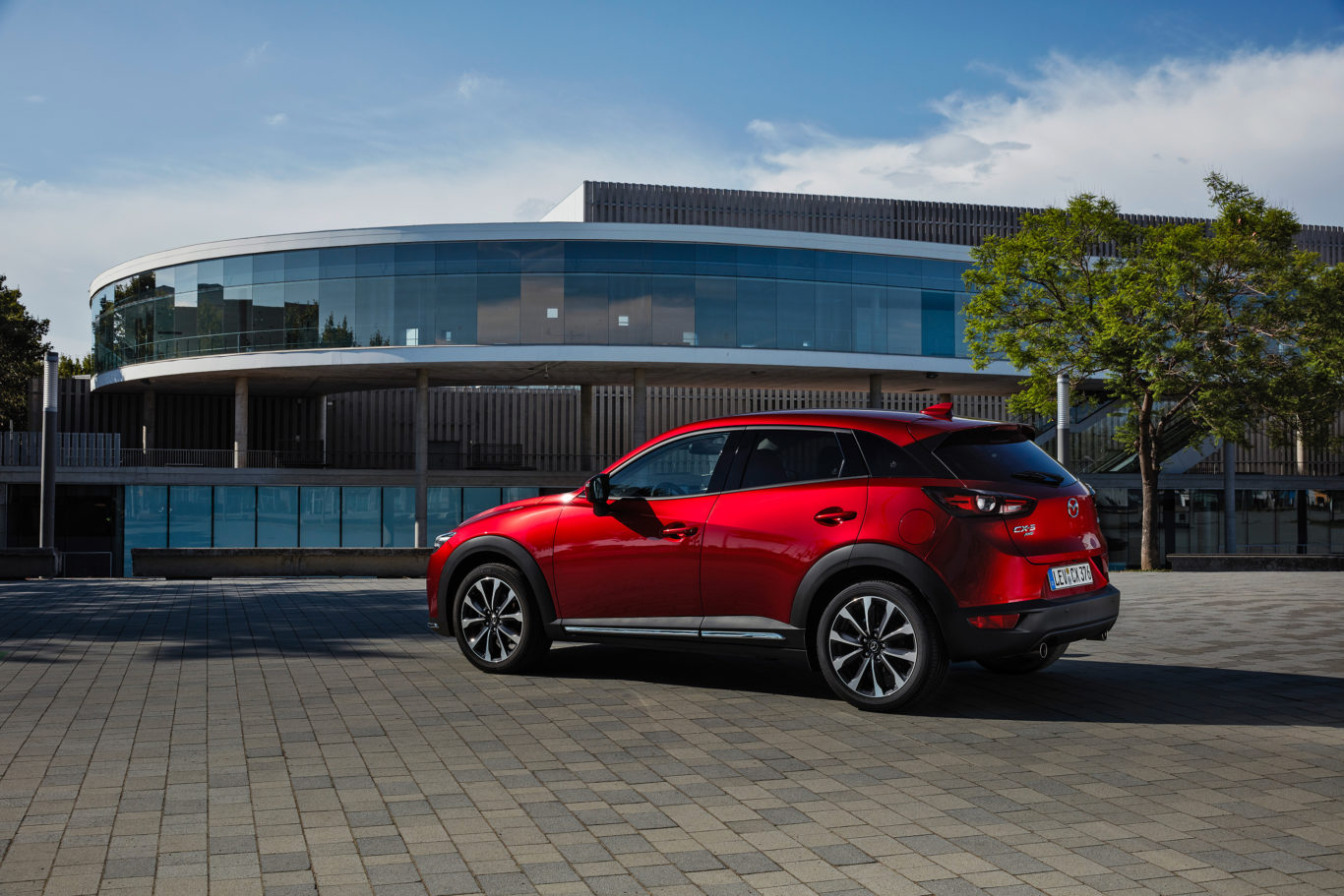
Much like the old CX-3, and that’s no bad thing. Mazda’s family face sits well on the front of this car, and the overall effect of a smaller CX-5 is quite handsome.
The CX-3’s updated grille is flanked by slim LED headlights, mirrored in the distinctive new LED taillights. The whole effect is lifted further by the addition of Mazda’s Soul Red Crystal paint – one of the best colours available on cars today, and an option box well worth ticking.
To be critical, the CX-3 perhaps isn’t quite as well-proportioned as cars such as the Seat Arona – it’s a little nose-heavy, with a few fussy design details. However, it’s still a smart-looking compact crossover.
What’s it like inside?
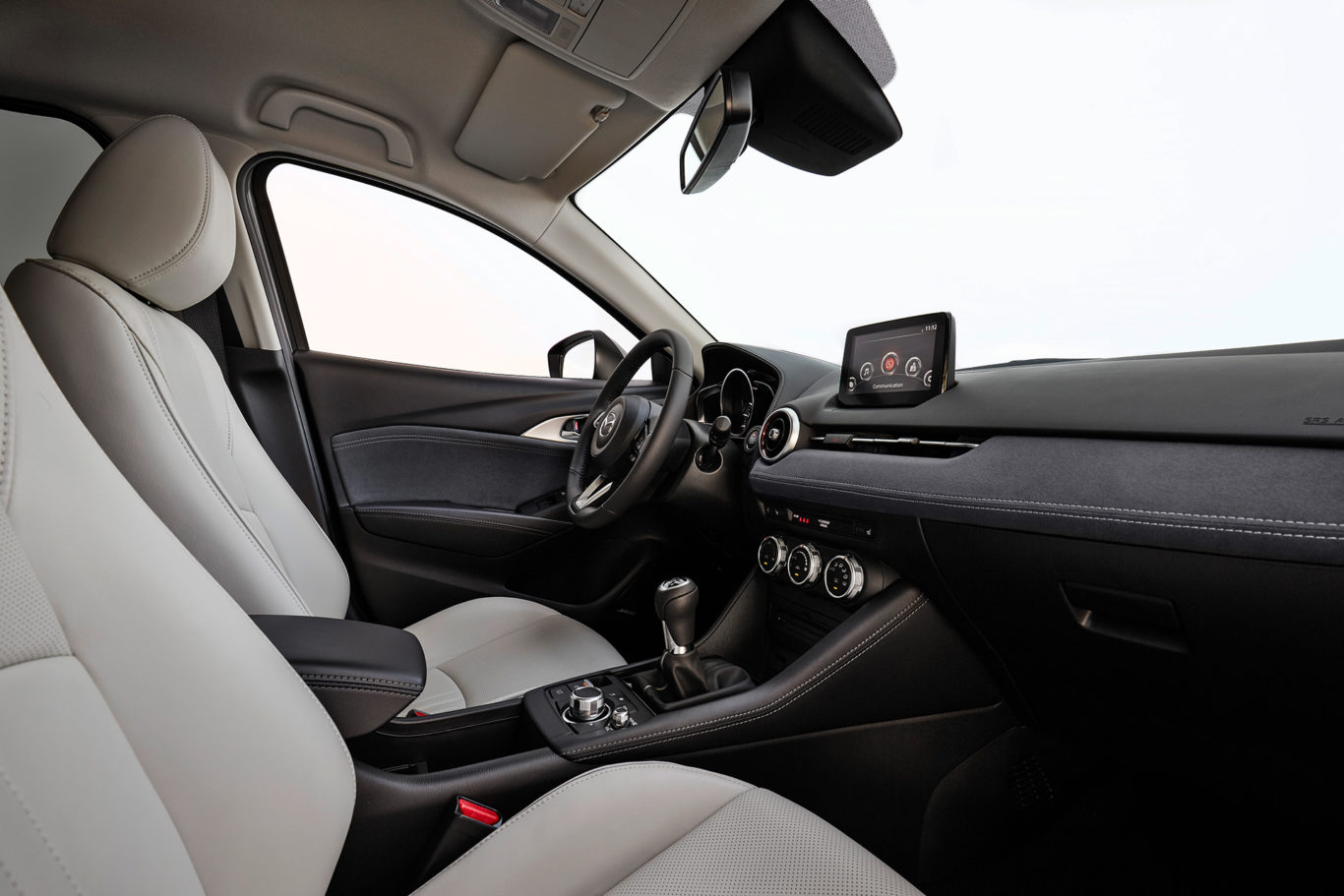
The CX-3 lifts its interior from the Mazda 2, so there’s a pleasantly driver-focused aspect to the cabin with a wonderfully straightforward gauge cluster. There are rather a lot of different materials on show, of varying quality – we’re not the biggest fans of the suede stripe across the dash on certain models, but other aspects such as the metal surrounds to the air vents feel solid and premium.
The redesigned centre console drops the manual handbrake for an electric one, but as a side effect the controller for Mazda’s infotainment system moves further forward to a far more comfortable location. The system itself is decent, but we’d suggest adding Apple Carplay and Android Auto to improve it further – an optional, dealer-fit extra.
There’s a decent amount of space on offer, but the CX-3 is still more cramped for rear occupants than some rivals such as the Skoda Karoq.
What’s the spec like?
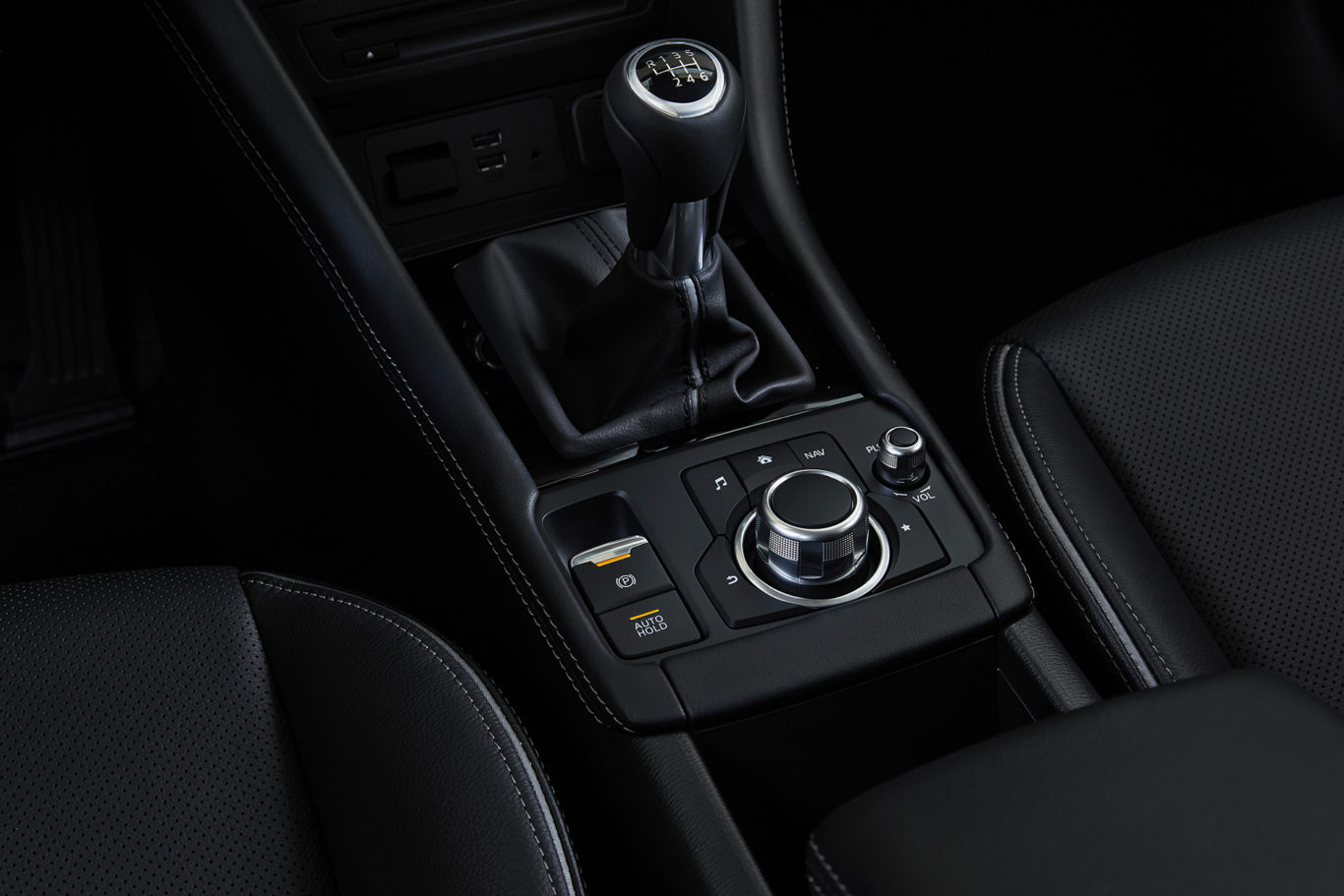
All CX-3s are well equipped – Mazda’s options list rarely extends further than the paint colour. Trim levels start out with SE Nav+, which brings air-con, cruise control, keyless start and Mazda’s infotainment system.
SE-L Nav+, meanwhile adds rear parking sensors, climate control and some extra safety kit. Top-spec Sport Nav adds leather, a Bose surround-sound system and keyless entry, plus LED headlights.
It doesn’t come cheap – the CX-3 starts from £18,995, where a basic Seat Arona can be had from less than £17,000.
Verdict
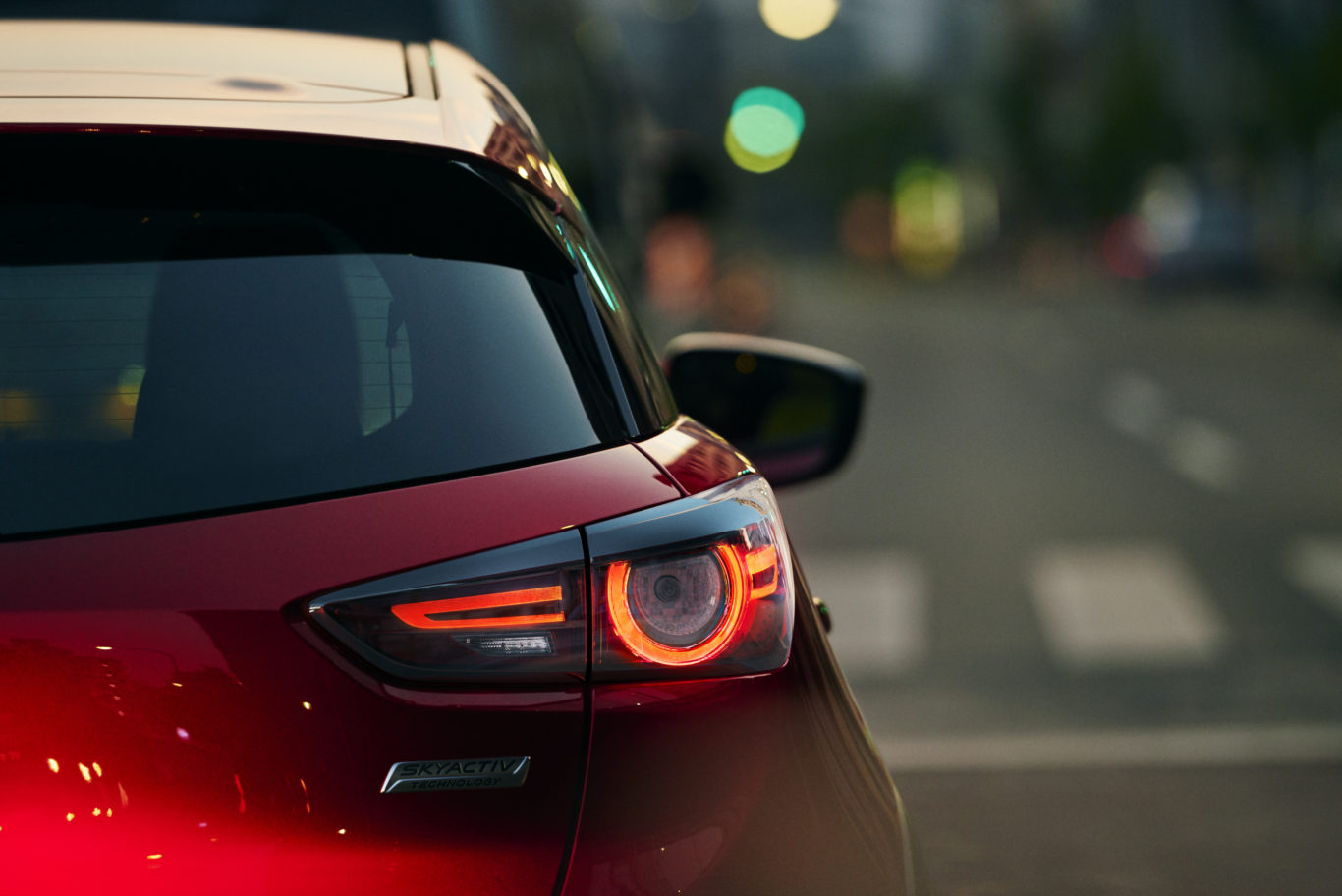
For keen drivers, the Mazda CX-3 should still be on the compact crossover shortlist – it’s a great little car to drive in and out of the city. Potential buyers should take a good test drive to make sure the character of the naturally-aspirated engine suits them, though – and if you’re not too worried about premium equipment, there is better value to be found elsewhere. But for the most part this is an excellent car with plenty going for it.





